Humans news stories

New clues from an ancient plague are pushing us to rethink where Britons were ‘really’ from – and the answer is complicated.

Brendan was once a leader in the US white nationalist movement. But when he took the drug MDMA in a scientific study, it would radically change his extremist beliefs – to the surprise of everyone involved.
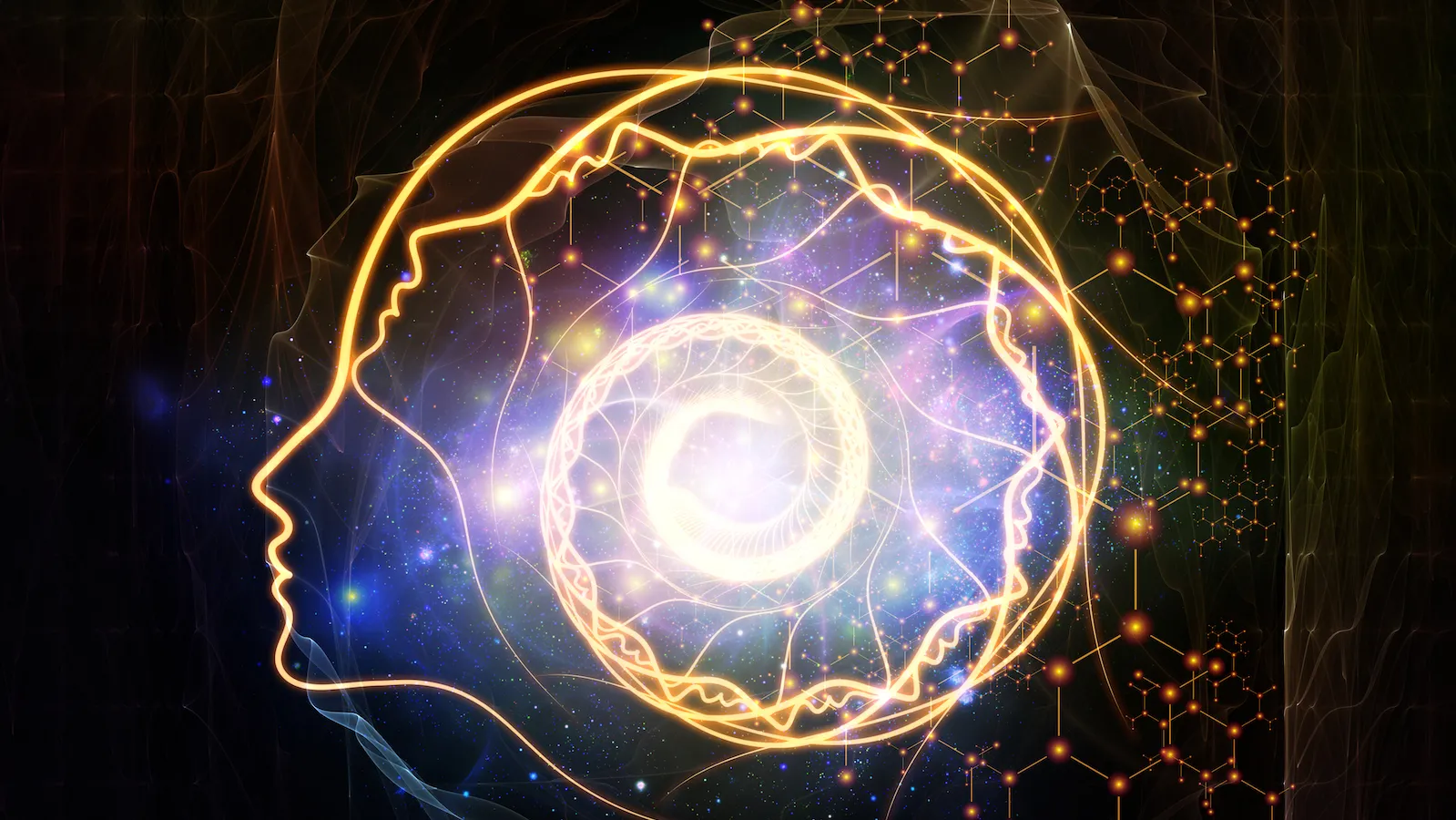
Mysterious, spiral signals have been discovered in the human brain, and the scientists who found the swirls think they could help to organize complex brain activity.
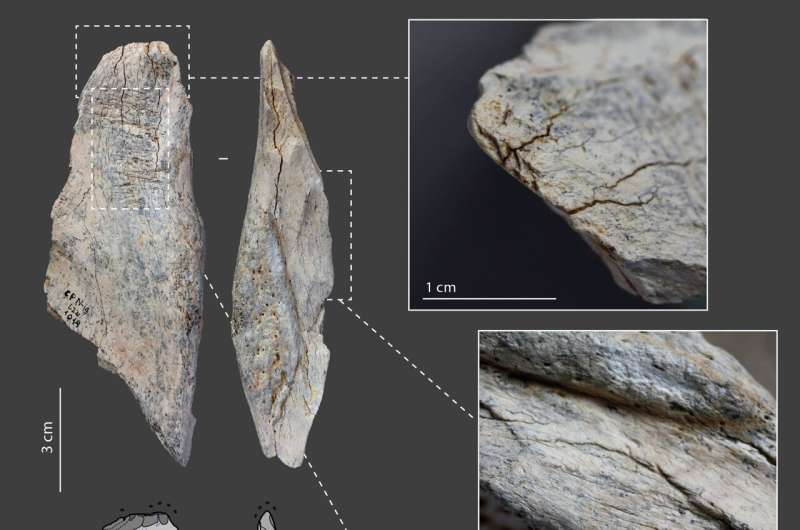
Were anatomically modern humans the only ones who knew how to turn bone into tools? A discovery by an international team at the Chez-Pinaud-Jonzac Neanderthal site settles the question. Published in PLOS ONE, it sheds light on a little known aspect of Neanderthal technology.
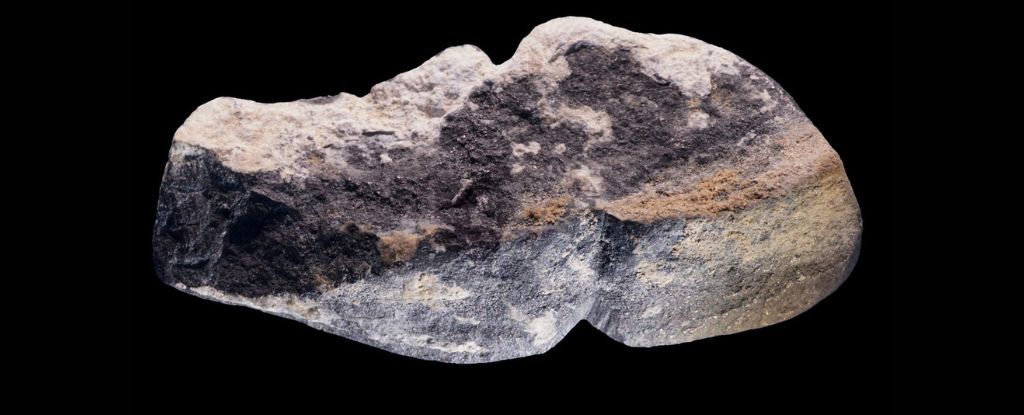
An ancient oblong artifact made about 42,000 years ago bears a carving that looks suspiciously penis-like. Some archaeologists think it could be the earliest known phallic figurine in the world. See the research here.
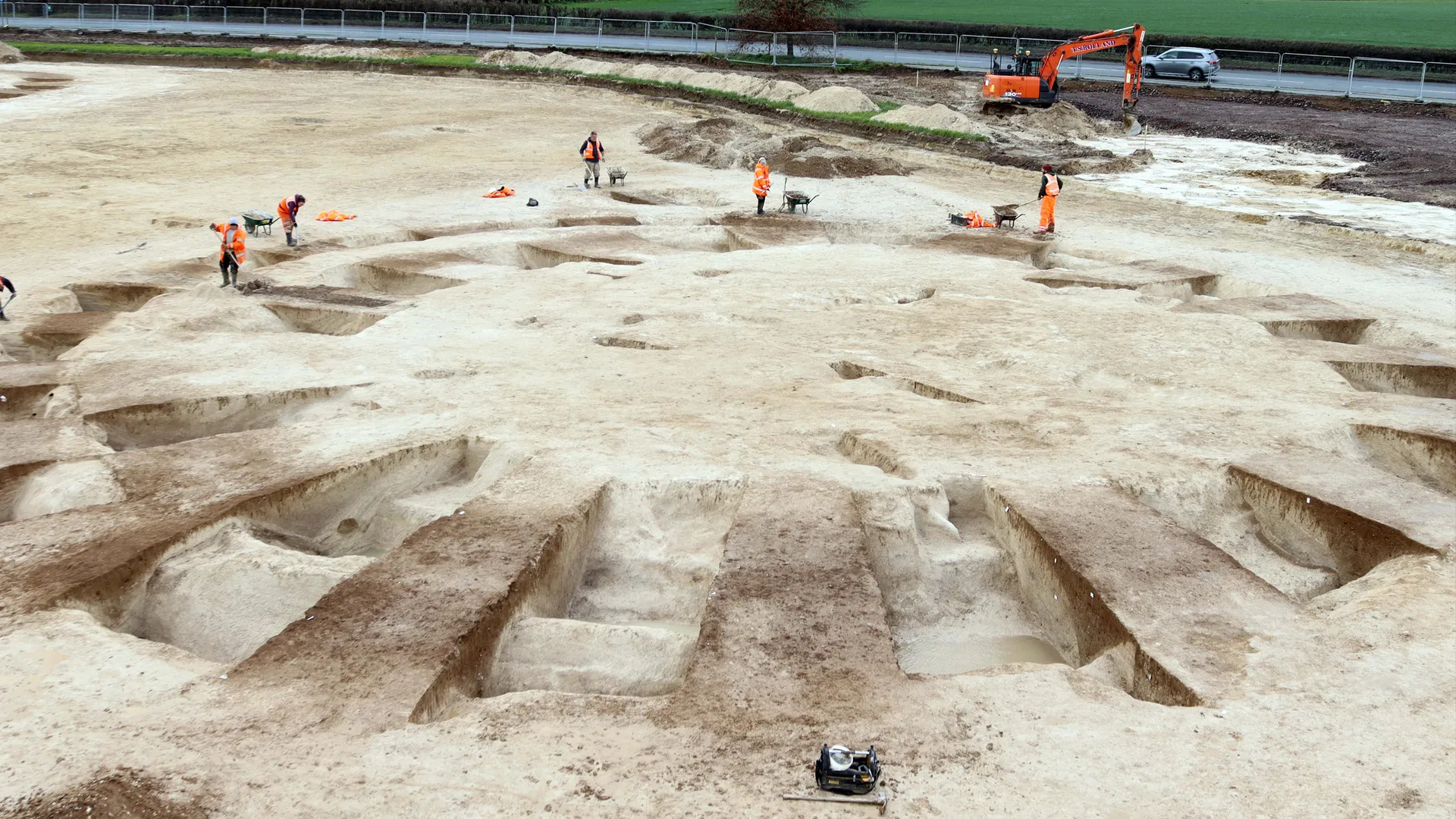
Archaeologists have discovered a vast cemetery of Bronze Age burial mounds, thought to be up to 4,400 years old, ahead of a building development less than 10 miles (16 kilometers) from Stonehenge.
The weary Indigenous men gathered at their base camp, nestled among towering trees and dense vegetation that formed a disorienting sea of green. They had been searching for four lost Indigenous children believed to have survived a plane crash in the ancestral jungle in southern Colombia for more than a month.

Archaeologists have discovered extremely rare evidence for early Homo sapiens in Britain. The finds of stone tools and animal bones, dating to the last Ice Age, were found during archaeological excavations at Pembroke Castle’s Wogan Cavern. Their excavations will continue this summer.

At the start of the week of the Summer Solstice, many will once again marvel at the magnificent structures built across Ireland thousands of years ago, including Newgrange in Co Meath. The structures were built by the descendants of the first peoples that landed on the island in what is believed to be two migratory waves from around 10,000 years ago.
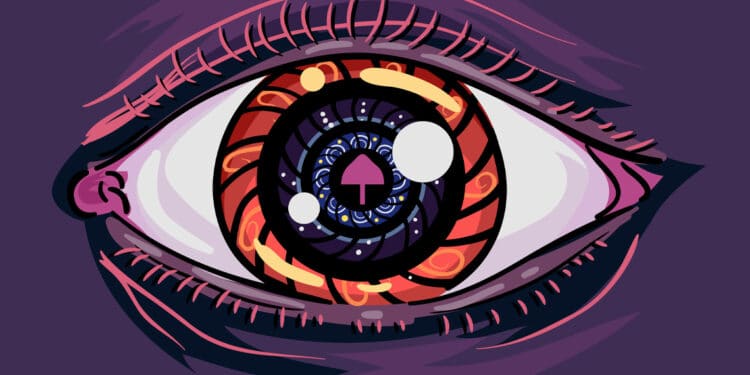
Incorporating the psychedelic drug psilocybin into psychotherapy shows promise in the treatment of depression, according to new research published in the Journal of Psychopharmacology. But the study also highlights the difficulty of implementing effective blinding procedures to prevent expectancy effects when researching psychedelic substances.

A new study suggests that the use of certain antidepressants, specifically SSRIs and SNRIs, may weaken the acute subjective effects of psilocybin in some individuals. The findings, which appear in the Journal of Psychopharmacology, indicate that this dampening effect on psilocybin can last for a significant period of time even after stopping the antidepressant medication.
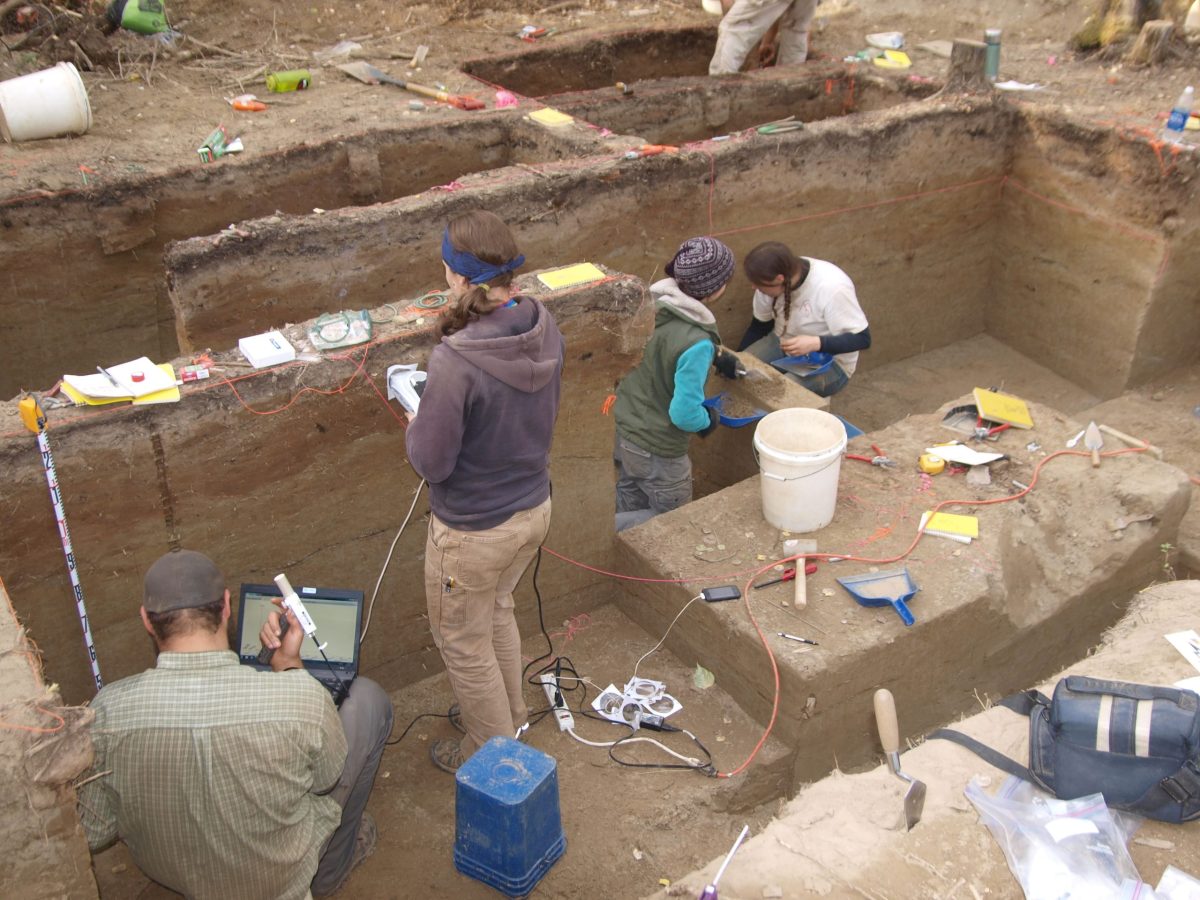
A team led by the University of Alaska Fairbanks researchers has discovered the earliest known evidence that Native Americans living in present-day central Alaska may have begun freshwater fishing around 13,000 years ago during the last ice age. See the study here.

Scientists have created synthetic human embryos using stem cells, in a groundbreaking advance that sidesteps the need for eggs or sperm.
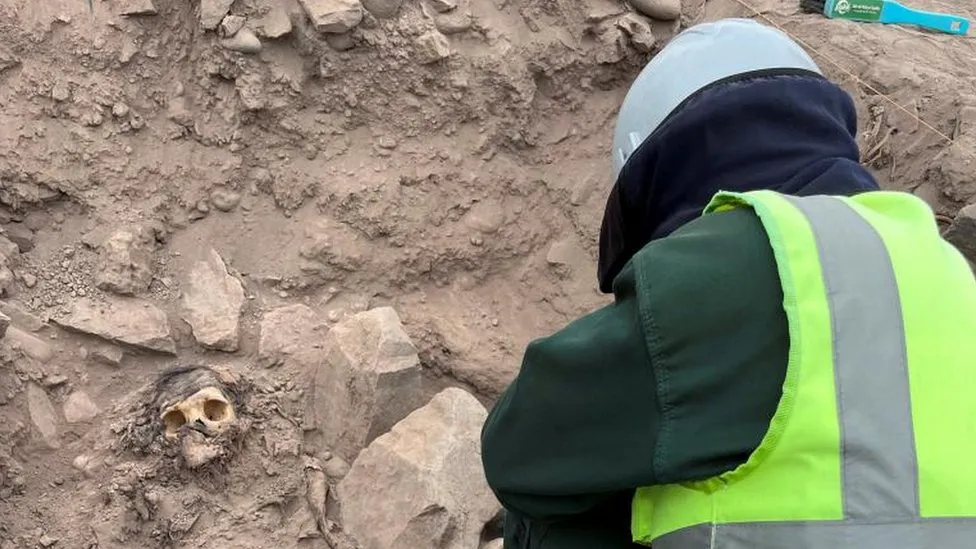
Archaeologists in Peru conducting a dig at the site of a rubbish dump in the capital Lima have found a mummy they think is around 3,000 years old.

When the first Neanderthal skeleton was found in the Neandertal (Neander Valley) in Germany in 1856, scientists imagined the person to have been a dull-witted cave dweller. The German zoologist Ernst Haeckel went so far as to give this first individual the name Homo stupidus.

We are witnessing a resurgence of Indigenous knowledge and growing acknowledgement of its scientific value worldwide…But progress has not been straightforward, with some scientists publicly questioning the scientific value of mātauranga.








